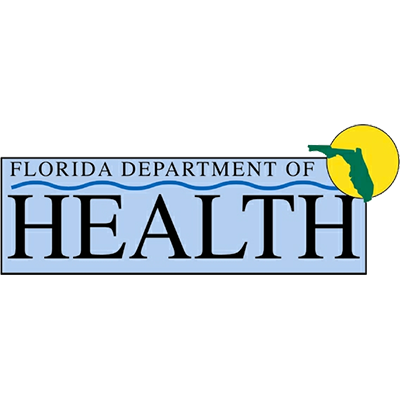The scientific process of measuring electrical charge in human tissue, through the measurement of mass-to-ion ratios, is called mass spectrometry. It was invented more than 100 years ago, and more recently, multiple breakthroughs over the years have further perfected this technique for scientific study. Using images from mass spectrometry in science and medicine is called mass spectrometry imaging (MSI). This process is important for the understanding of addiction. Addiction disease is a chemical process by which chemical receptors in the brain are overused, and chemical imbalance occurs which can last long periods of time, even after sobriety is achieved. That is putting things in very simple terms, as I am not a scientist myself. I did however learn about the role of the mid-brain in addiction in college and that knowledge has stayed with me. Brain science and medicine is an important area to watch for people interested in new ways of fighting addiction, as all the most important mechanisms of addiction happen in the brain, mostly at chemical receptors. In opiate use disorder the MU-opioid receptors are key, and they also play a critical role in other substance use disorders. A study from Candice Content et al considers MU-opioid receptors “the gateway to addiction” as they are responsible for the reward response, the feelings of euphoria that come directly from drugs like morphine or heroin, and indirectly from drugs like alcohol, marijuana, and methamphetamine. Mass spectrometry imaging is able to provide images of the brain that show areas of increased ions, or increased electrical activity. Scientists are now using MSI to develop better theories around the field of addiction. The study I looked at was particularly interested in the activity in the brain when medication-assisted treatment is happening. They wanted to study patients going through medication-assisted treatment with both methadone and naltrexone. Methadone is an accepted and proven medication for detox and long-term medication-assisted treatment for opioid use disorder. Naltrexone is newer and less studied medication. The doctors found that after addiction treatment, specifically after addiction treatment involving detox, the MU-opioid receptors begin to return to normal, but long-term sobriety is still needed to return regular brain chemistry.
After addiction treatment with methadone, these scientists hypothesize that naltrexone could play a role in speeding the recovery of the brain. The reasons for this are highly technical, but I was able to take a few things away from the study as a non-expert. This is a quote from the results of the study,
“In general, addiction treatment drugs bind to receptors at the same brain structures and processes as opioid drugs; however, they illicit a normalizing physiological response with minimum narcotic effects.”
This statement is in line with the facts I know about methadone and buprenorphine treatment, although buprenorphine was not included in the study. Methadone is valuable for opioid use disorder because it mimics the effects of other opioids, but with a longer half-life and without impairing function or producing a high. This allows people on methadone to return to their normal lives and not relapse back to other opioids of abuse. The study found naltrexone could play a role for people just after they stop using methadone. They believe a patient who is on methadone for a year or more could possibly take naltrexone for a time period starting a few days after their last methadone dose for an even better opportunity at long-term recovery. I am definitely interested to hear more about this science. After addiction treatment, patients are oftentimes not fully prepared for life without any medications, and anything that helps that process would be valuable. However, more studies are needed on naltrexone in particular. If you or a loved one is looking for support during or after addiction treatment, please call our number to speak to a counselor.
By T.A. Cannon (Contact me at TACannonWriting@gmail.com)
References
Contet C, Kieffer BL, Befort K. Mu opioid receptor: a gateway to drug addiction. Curr Opin Neurobiol. 2004 Jun;14(3):370-8. doi: 10.1016/j.conb.2004.05.005. PMID: 15194118.
TEKLEZGI, B. G. et al. Time-dependent regional brain distribution of methadone and naltrexone in the treatment of opioid addiction. Addiction biology, [s. l.], v. 24, n. 3, p. 438–446, 2019. DOI 10.1111/adb.12609. Disponível em: http://search.ebscohost.com/login.aspx?direct=true&db=mnh&AN=29441714&authtype=geo&geocustid=s8475741&site=ehost-live&scope=site. Acesso em: 15 nov. 2020.



